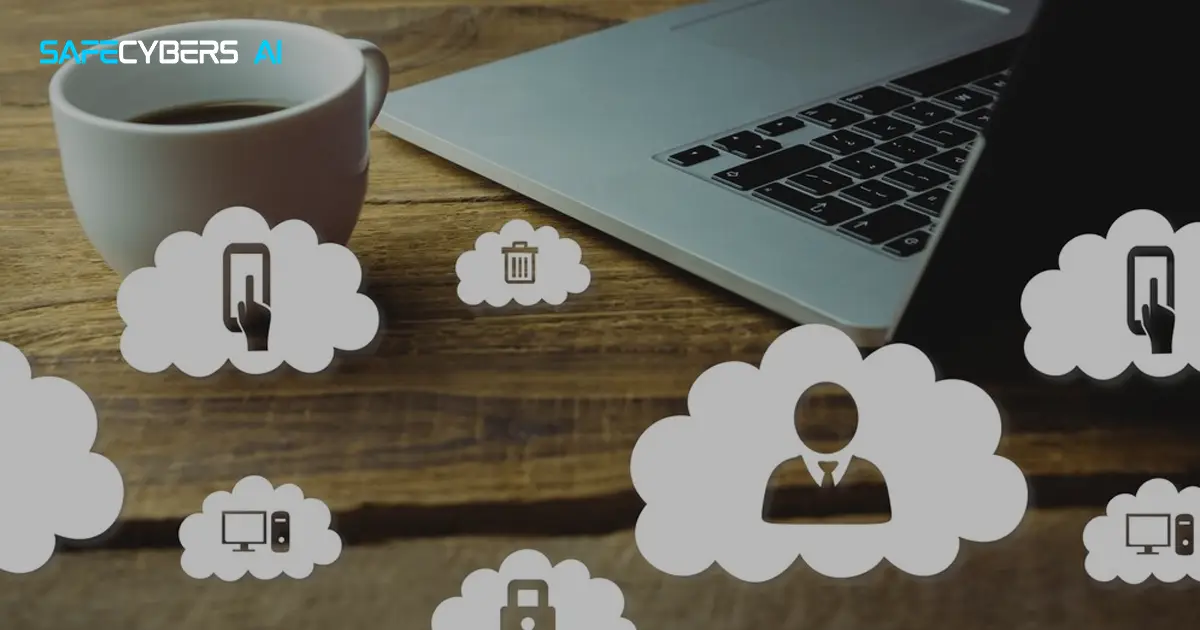
Blogs
How to Protect Your Cloud Data
Discover essential best practices and effective strategies for safeguarding your cloud data. Learn how to secure sensitive information, prevent unauthorized access, and ensure data privacy and integrity in the cloud environment.

Whether you're an individual user or a business, understanding the basics of safeguarding your cloud data is essential. In this blog, we'll delve into the straightforward approach of Risk-Based Vulnerability Management (RBVM) and explore how it can enhance the security of your cloud-based information.
What is the Cloud
Before we jump into the security part, let's quickly understand what the cloud is. In simple terms, the cloud is like a virtual storage space where you can keep your files and data. Instead of saving everything on your computer, you can store it in the cloud and access it from anywhere with an internet connection.
The Need for Security in the Cloud
Now, why do we need to worry about security in the cloud? Well, just like your physical belongings, your digital information needs protection too. Hackers try to break into the cloud and steal your data. This is where Risk-Based Vulnerability Management comes into play.
Risk-Based Vulnerability Management (RBVM)
RBVM is a method to identify and fix weaknesses in your digital environment before they can be exploited. It's like checking your house for open windows or unlocked doors to prevent burglars from getting in. We look for vulnerabilities in your cloud setup and fix them before the threats can take advantage.
How Does RBVM Work?
RBVM involves a systematic process to assess and manage risks in your cloud infrastructure. Let's break it down into simple steps:
Identify Assets: Your data is valuable, and RBVM starts by identifying what needs protection. This includes your files, applications, and any other digital goodies you have stored in the cloud.
Assess Vulnerabilities: Think of vulnerabilities as weak spots in your digital defenses. RBVM checks for these weak spots by scanning your cloud environment for potential threats.
Calculate Risks: Once vulnerabilities are identified, RBVM calculates the risk they pose. This is like determining how likely it is for someone to break into your house based on the open windows or unlocked doors.
Prioritize Fixes: Not all vulnerabilities are equally risky. RBVM helps you prioritize which ones to fix first.
Implement Solutions: After prioritizing, it's time to fix those vulnerabilities. This could involve updating software, changing settings, or adding extra security measures.
Continuous Monitoring: Security is an ongoing process. RBVM doesn't stop after fixing vulnerabilities. It continuously monitors your cloud environment, making sure everything stays secure.
Vulnerability Assessment and Penetration Testing (VAPT)
As part of RBVM, you might come across the terms Vulnerability Assessment and Penetration Testing (VAPT). These are like the detectives and investigators in the digital security world.
Vulnerability Assessment: Think of this as a thorough inspection of your digital premises. It identifies and lists all potential vulnerabilities, helping you understand where your security might be lacking.
Penetration Testing: Now, penetration testing goes a step further. It involves simulated attacks on your cloud environment to see how well it can withstand real threats. It's like hiring someone to try breaking into your house (digitally) to test your security measures.
Practical Tips for Protecting Your Cloud Data
Now that we've covered the basics, here are some practical tips to ensure the security of your cloud data:
Strong Passwords: Use strong and unique passwords for your cloud accounts.
Two-Factor Authentication (2FA): Adding an extra layer of security, 2FA ensures that even if someone gets your password, they still need another piece of information to access your data.
Regular Updates: Keep your software and applications up to date.
Encrypt Your Data: Encryption is like putting your information in a safe. Even if someone manages to access it, they won't understand it without the right key.
Backup Your Data: Imagine making a copy of your important documents. If something happens to the original, you still have a backup. Likewise you should regularly backup your cloud data.
Employee Training: If you're a business owner, make sure your employees understand the importance of security. It's like teaching everyone in your household how to lock the doors and windows.
Final Thoughts
In a world where our lives are increasingly, protecting our cloud data is a necessity. By using Risk-Based Vulnerability Management System and following simple security measures, you can significantly reduce the risks of data breaches and unauthorized access.
Digital security doesn't have to be complicated.